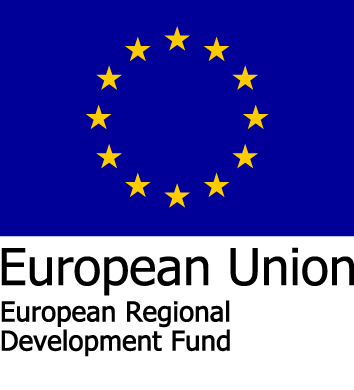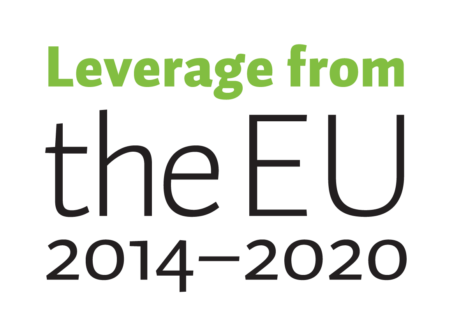



EVAKOT – Best practices and tools for energy storaging and usage optimization
A megatrend in achieving smaller carbon footprint and effective circulation economy drives also the energy sources of building infrastructure towards renewables.
Branch: Chemistry and bioeconomy
Duration: 01.01.2017 – 31.10.2020
Region: Central Ostrobothnia
Financed by: European Union European Regional Development Fund, Central Ostrobothnia Association, KOSEK
Further information: Tero Tuuttila, TKI-päällikkö, 040 190 4788, tero.tuuttila@centria.fi
Project Manager: Pekka Erkkilä
Background
A megatrend in achieving smaller carbon footprint and effective circulation economy drives also the energy sources of building infrastructure towards renewables. These green sources typically include solar and wind together with bioenergy fuels and utilization of waste heat streams or underground thermal energy. In this context, a high capacity geologic energy warehouse inside the earth’s surface or underground with active thermal energy loading and discharging properties, referred here as geoaccumulator, becomes an important research topic. New storage and optimization technologies are importantly needed to ensure optimal utilization of renewable energies even at seasonal time scale, that are mostly intermittent what becomes to availability, such as directly sunshine dependent thermal solar energy.
The EVAKOT-project
The EVAKOT-project aims to build up an ecosystem for development and testing energy storage and its optimization technologies in a real operational environment. This ecosystem produces novel methods and operating principles for major increase of knowledge on the topic, enabling new branch of products and services to be realized in the near future. Piloting and demonstrations are performed during the project to study for example the functioning of geoaccumulators as a part of building energy optimization systems and to test optimization strategies for maximizing energy efficiency.
The ecosystem acts as a platform for test and operational environment in realization of research results and therefore supports companies development for new business on this area.